Heat Transfer - Radiation | GCSE Physics | Doodle Science
Video
Science
+1
Science
7th Grade - 10th Grade
Premium

D
DoodleScience
Science Resource Description
I'm going to be covering the entire AQA GCSE physics course this way. So, if you have any questions about it, leave a comment and I will reply to it as soon as possible. Thanks for watching!
Script:
Heat can be transferred from place to place by conduction, convection and radiation. Today though we'll be focusing on radiation. All objects emit and absorb thermal radiation, which is also called infrared radiation. Even we do, just a very low amount, but it can still be picked up by thermal imaging cameras that detect the infrared radiation and convert it to visible light. Like this picture of a hair dryer. The hotter an object is, the more radiation it emits, some of it even becomes visible light that we can see. Infrared radiation is a type of electromagnetic radiation, which has a lower frequency than light and involves waves rather than particles. This means that, unlike conduction and convection, radiation can even pass through the vacuum of space. This is why we can still feel the heat of the Sun, even though it's 150 million km away from the Earth. Some surfaces are better than others at emitting and absorbing infrared radiation. Dark, Matt surfaces are good at emitting and absorbing infrared radiation, which is why solar panels are black in order to absorb the maximum amount heat for your hot shower, while light, shiny surfaces are poor at absorbing and emitting infrared radiation but they ARE good reflectors. Which is how thermos' work, if you want to keep your cup of tea hot all day, you put it in a thermos that is coated inside with a shiny surface to reflect the radiation back to the tea. Or if you don't have one, just wrap it in some tin foil.
Explore other content in this scheme
Part of a lesson by Teach with Fergy
Other resources in this lesson

Heat Transfer - Conduction and Convection | GCSE Physics | Doodle Science
Resource
Science
+1
7th Grade - 10th Grade

Heat Transfer Song (Hot to Cold) | Mister C (Song #21)
Resource
Science
+1
7th Grade - 10th Grade

Thermal Energy, Temperature, and Heat - Exit Ticket
Resource
Science
+1
7th Grade - 10th Grade
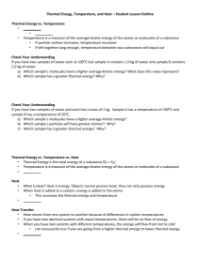
Thermal Energy, Temperature and Heat - Student Lesson Outline
Resource
Science
+1
7th Grade - 10th Grade
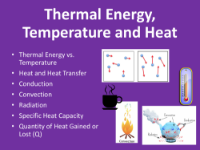
Thermal Energy, Temperature and Heat - Student Presentation
Resource
Science
+1
7th Grade - 10th Grade
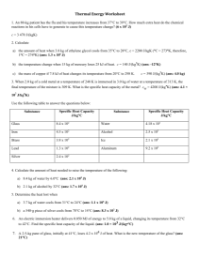
Thermal Energy, Temperature and Heat - Thermal Energy Worksheet
Resource
Science
+1
7th Grade - 10th Grade
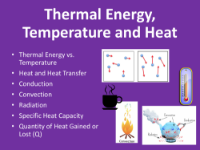
Thermal Energy, Temperature and Heat - Teaching Presentation
Resource
Science
+1
7th Grade - 10th Grade
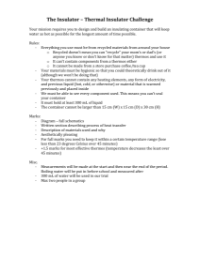
The Insulator - Thermal Insulator Challenge
Resource
Science
+1
6th Grade - 8th Grade
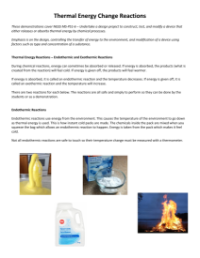
Thermal Energy Change Reactions Experiments
Resource
Science
+1
5th Grade - 7th Grade
